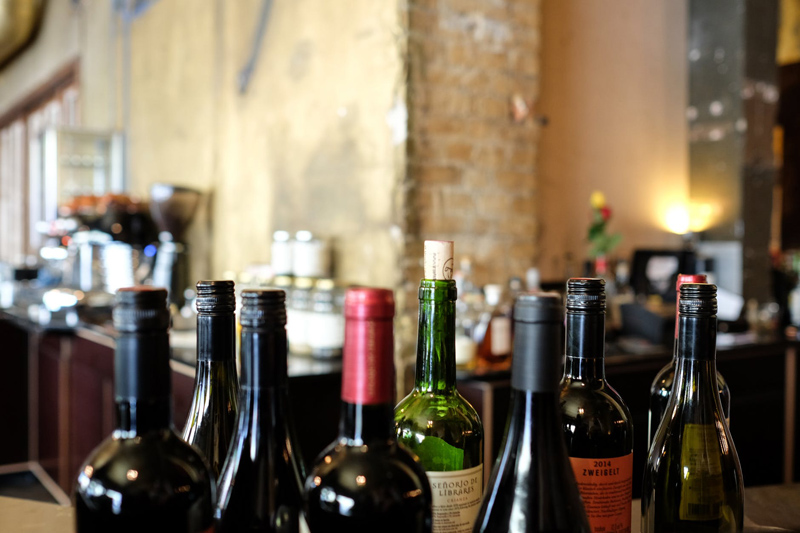The Challenges of the Winemaking Process

Wine making is a delicate balance with many factors to be anticipated, detectected, and analyzed. What are some of the factors that a winemaker must anticipate?
Anyone who has been to Italy knows that the Italians will ferment almost anything that grows. That does not mean the Cynar (an artichoke apéritif liqueur) is wine. Just because the pulp fermented came from fruit does not mean the resulting liquid is wine. There are criteria of aroma, taste, and appearance. Winemakers spend a great deal of time balancing this three aspects of wine.
Wine is a fermented beverage of 10-14% alcohol, which is pleasing to taste, touch (how does it feel in the mouth?), and aroma. The taste and aroma must come from the original fruit and not an additive. There are many factors that can subvert the winemaker's intent.
Many fruits are highly acidic and can create wines that are harsh and sour. Other fruits contain too little acid and the result is bland and flat. Winemakers carefully measure acidity levels and reduces or adds ingredients as necessary.
Some fruits contain a high level of pectin, which arrests flavor and clouds the wine. Worse, it will create jelly-like lumps. Yum, chewy wine! There ia an enzyme that is added to break down the pectin. Tannin can be added to provide body and astringency and improve the clarity of the wine. In the past many winemakers added glycerine or oak chips to effect consistency or flavor. Fortunately this type of tinkering has died down.
Wine undergoes many little changes after fermentation. These subtle changes occur during the aging process. Deciding how long a wine should be left to age in a barrel or steel container is an artistic decision. Some wineries will seperate the aging process into different types of containers, half the time in American Oak and then in French Oak. Care is taken to accomodate the type of wine that is being created.
Obviously smashing fruit and allowing it to ferment does not create true wine. One some US wineries have taken to adding flavors that almost obscure the original taste of the grape. Is a wine that taste like a Margarita really wine? This is a subject of great debate among wine lovers. Do you care if oak chips have been added if it provides that toasty taste you love? When we talk of the art of winemaking, much is left to personal taste.
You Should Also Read:
A Year in the Vineyard
What is Phylloxera?
Wine Grapes and Soil

Related Articles
Editor's Picks Articles
Top Ten Articles
Previous Features
Site Map
Content copyright © 2023 by Paula S.W. Laurita. All rights reserved.
This content was written by Paula S.W. Laurita. If you wish to use this content in any manner, you need written permission. Contact Peter F May for details.


